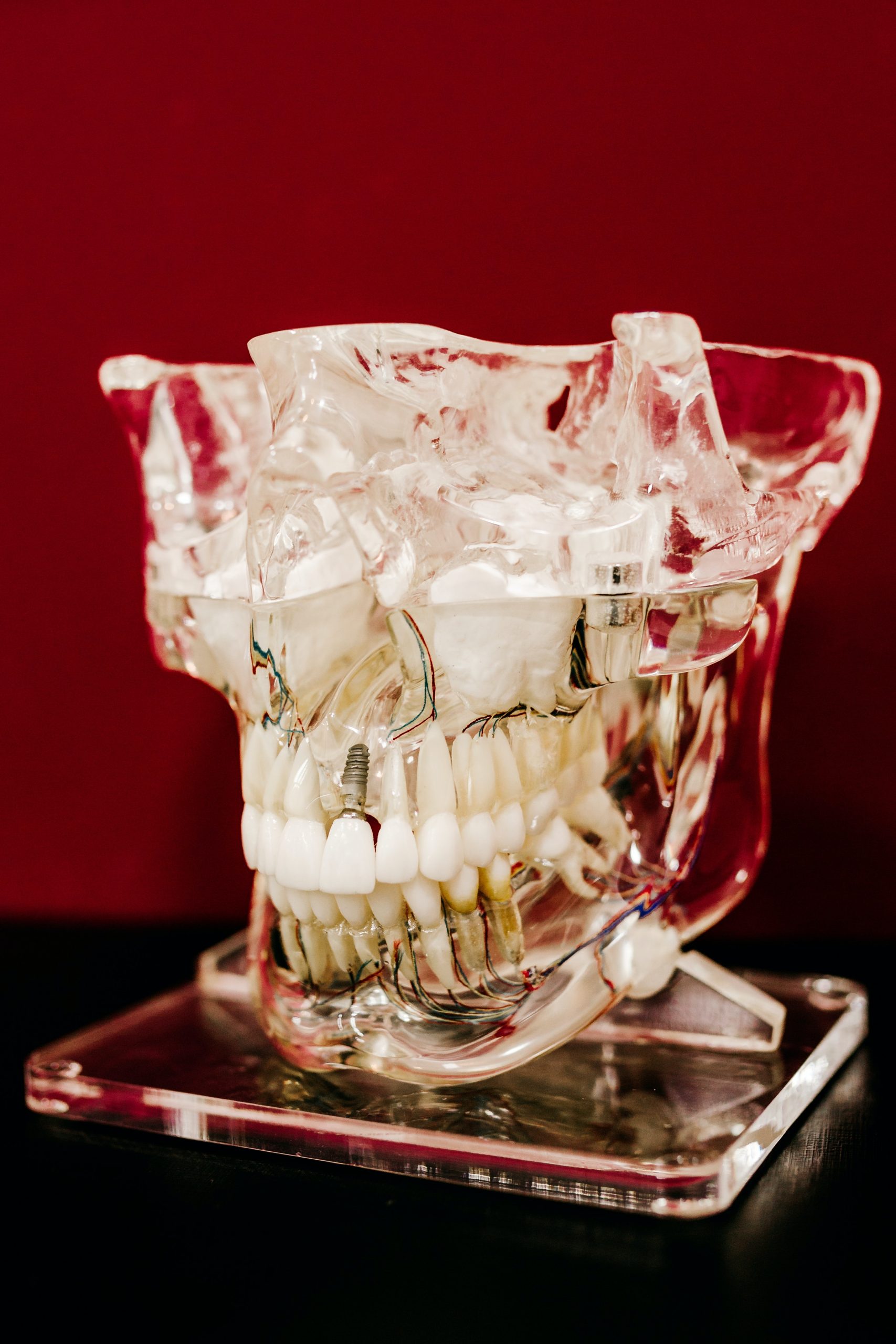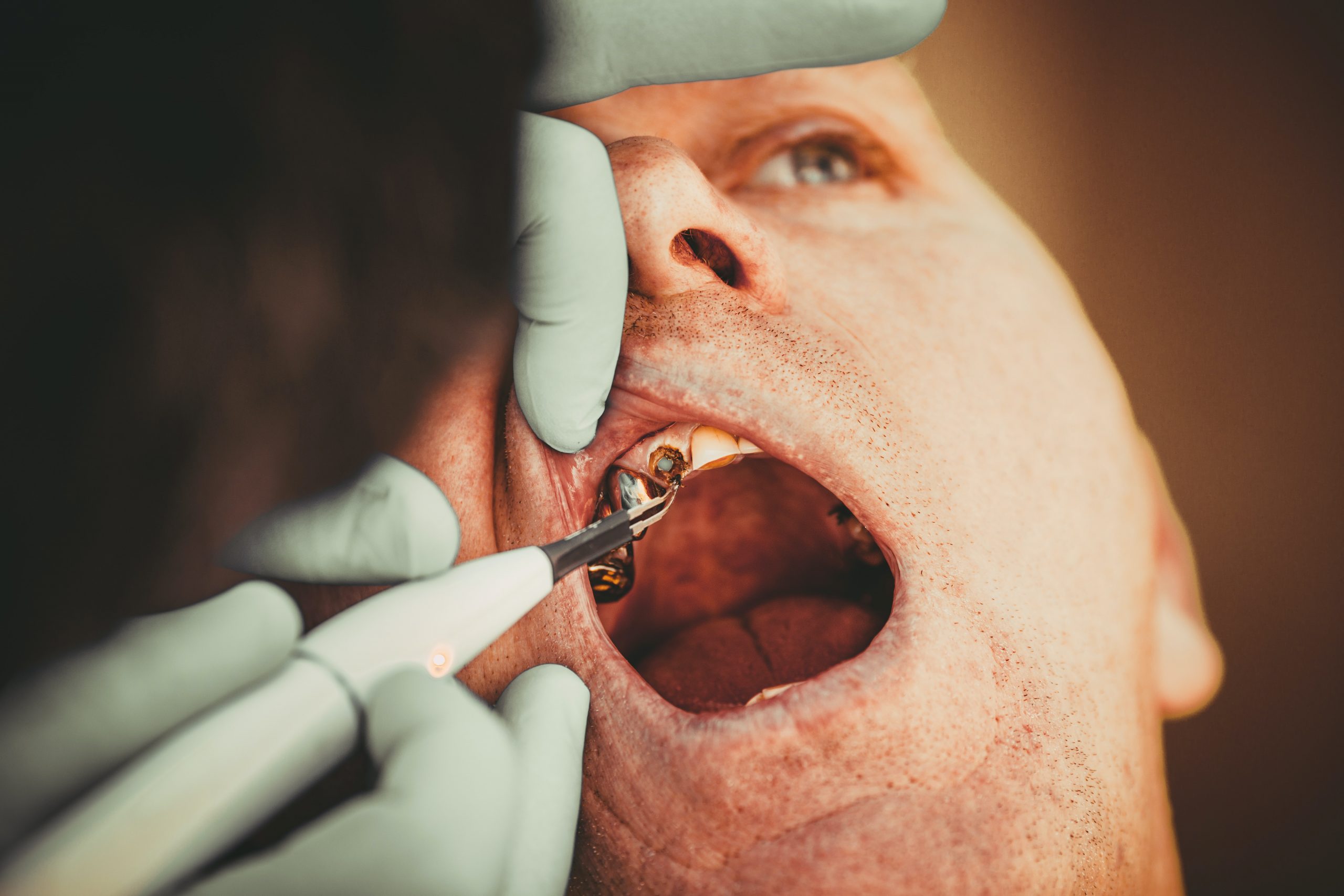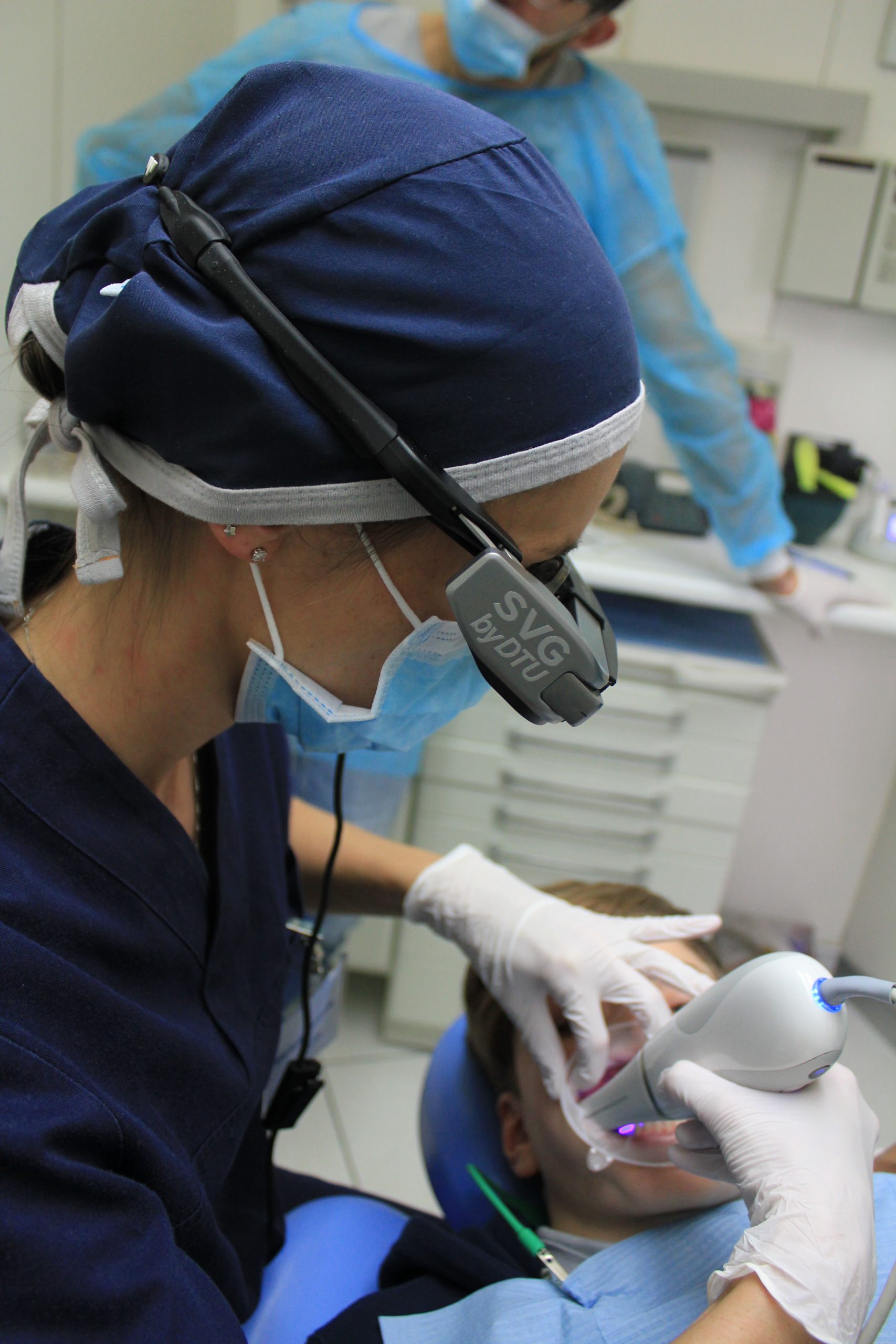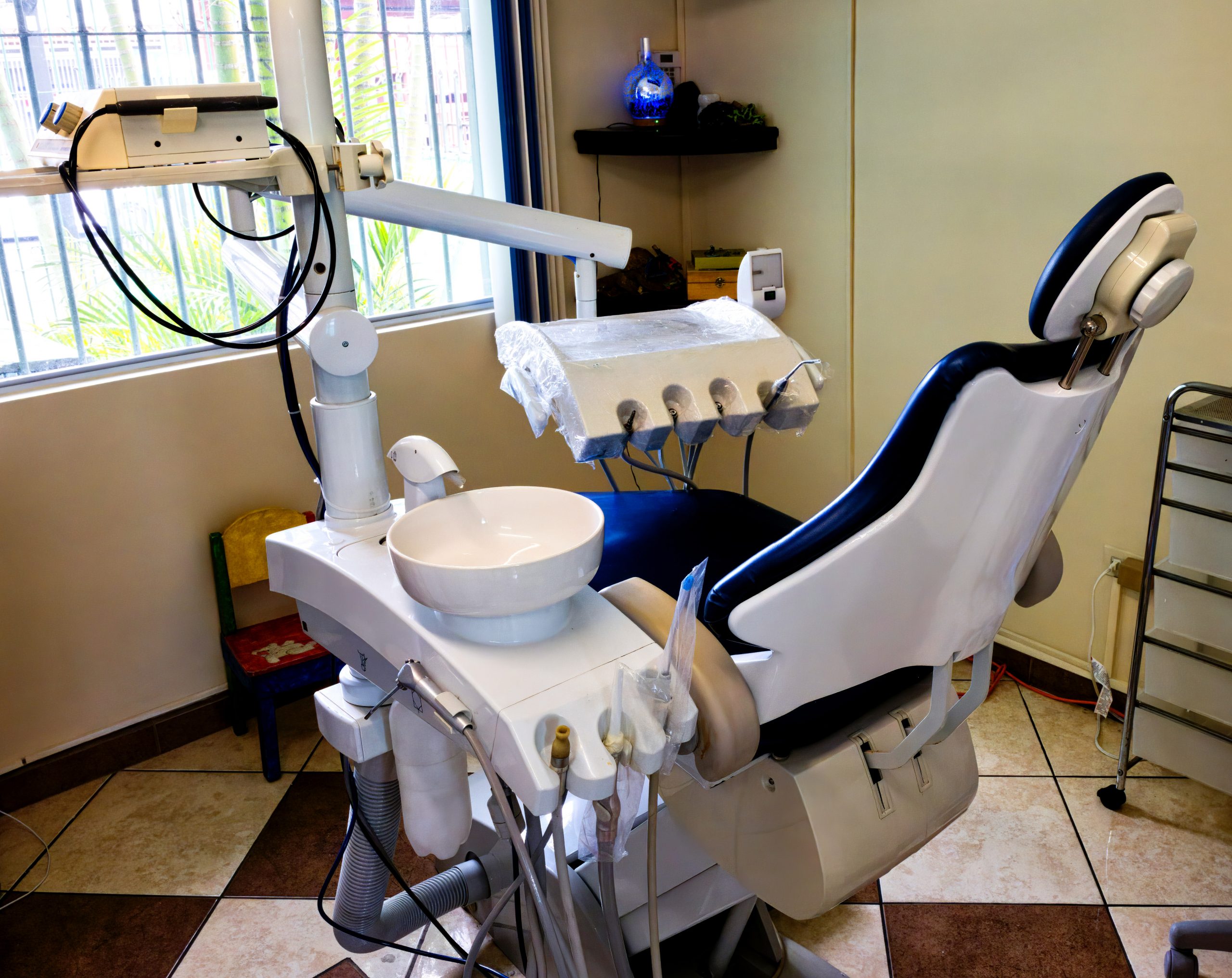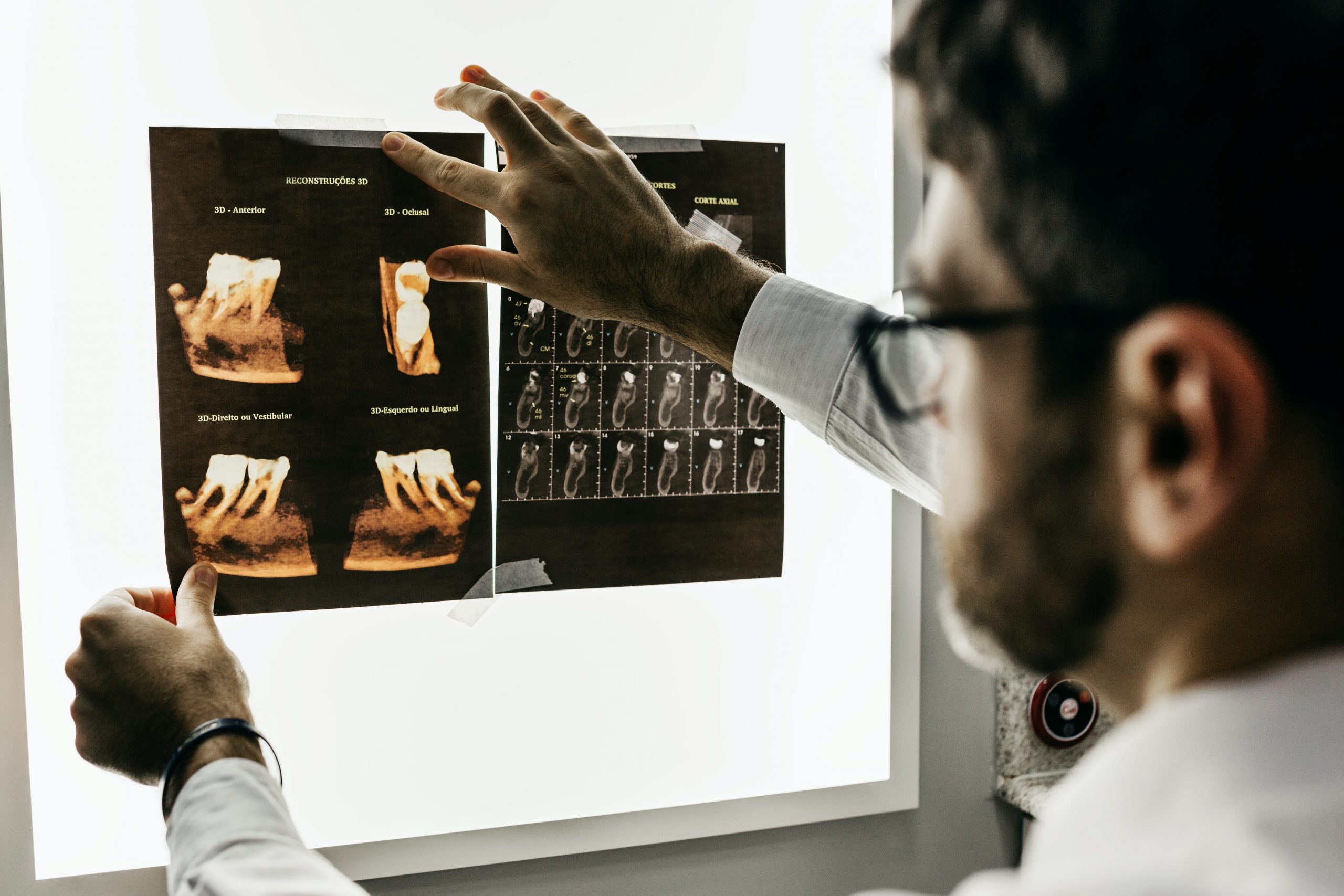
Data-driven dentistry: How companies can best use dentistry’s data
In dentistry, being able to use the growing amounts of data is the future. Data analysis will one day help dentists make clinical decisions with ease. Data-driven dentistry can help companies design better products. However, these improvements cannot provide these companies with a lasting advantage in the marketplace.
The authors pose seven questions to consider: For example, how quickly can data be transformed into value for the product? Its assessment of whether a company will be able to fend off real competitors and create value for years to come.
As the dental industry continues to get excited about collecting data from dentists and patients, these companies would do well to ask themselves seven questions if they are to beat the competition.
If the user data isn’t as unique as they think, “me too” could potentially step in and provide similar value without years of intense research and development. One strategy could be to leverage decades of dental and patient data in experiences and better treatments for user results.
Patients will increasingly choose the most accessible, transparent and preventative solution, therefore by implementing this system in your practice you can guarantee your patients a higher standard of care so that all your patients meet these 5 areas. We are starting to collect a lot of data in dentistry, from software that diagnoses tooth decay on X-rays to app-powered electric toothbrushes that provide insight into our patients’ home care habits.
This is an exciting time for the dental industry as data-driven dentistry is coming into place. Companies acquire new knowledge about the development of software, hardware and materials. When these insights are based on user data, they can lead to product features that not only create better user experiences and outcomes but also ones that create enduring barriers to competition.

